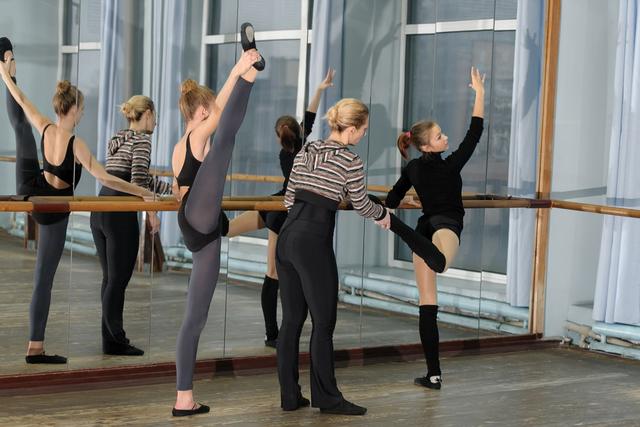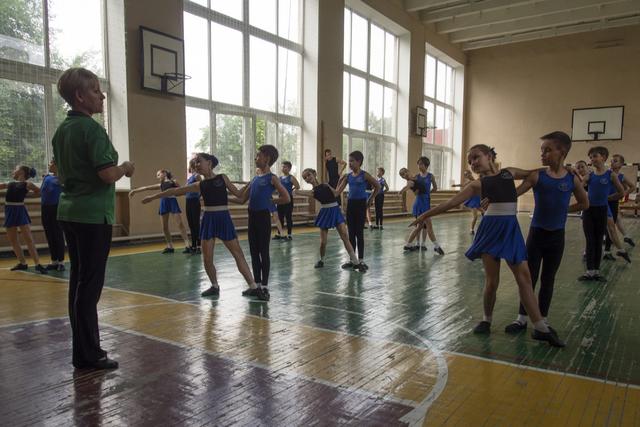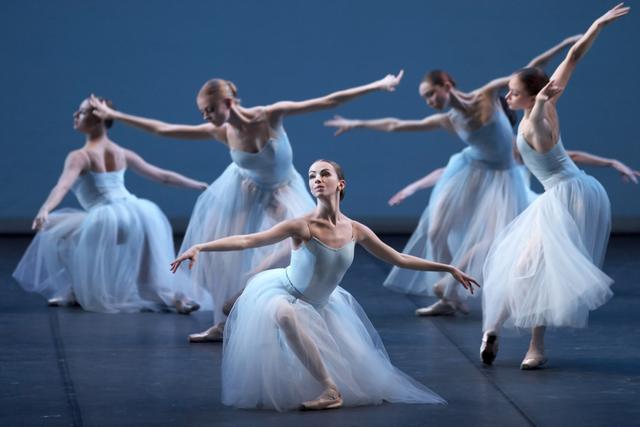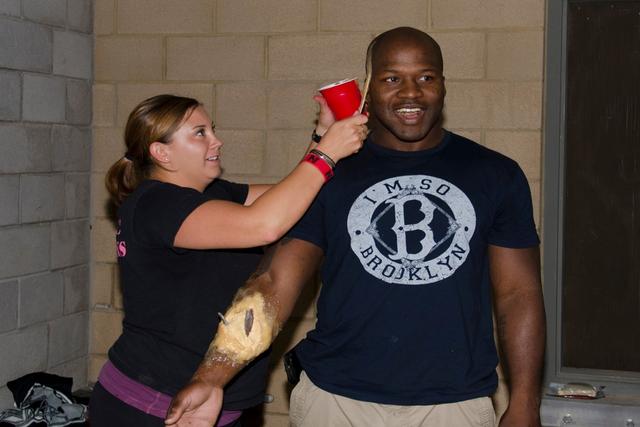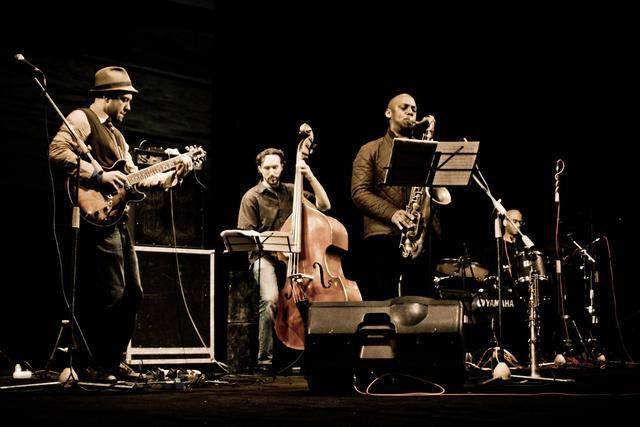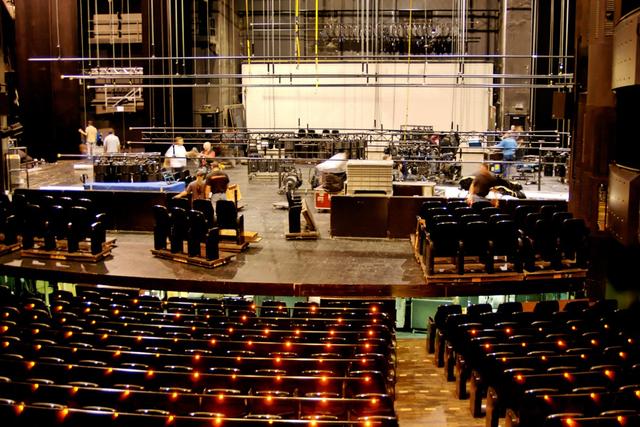Dance Instructors
Overview

Introduction
People take dance classes as a first step to becoming a professional dancer, to improve their skills so that they can enter amateur or professional dance competitions, or simply to have fun or to learn basic dance skills for a specific social event such as a high school reunion. Dance instructors teach dance moves and techniques to individuals and groups. They may specialize in one or more dance genres such as ballet, ballroom, tap, jazz, or hip-hop. Dance instructors are also known as dance educators, dance teachers,and
Quick Facts
Median Salary
Employment Prospects
Minimum Education Level
Experience
Skills
Personality Traits
Earnings
In November 2024, full-time dance instructors received average salaries of $52,631, according to ZipRecruiter.com. Salaries ranged from $17,500 to $91,500 or more annually.
Full-time self-enrichment education teachers earned salaries that ranged from $28,600 to $85,980 in May 2023, according to the U.S. Department of Labor.
Many dance instructors are employed only part time and, a...
Work Environment
The work environment for dance instructors varies based on their employer. For example, instructors who are employed by private dance studios might be required to work at night and on weekends, when most students have time to take classes. At colleges and universities, dance professors may only teach two or three classes a semester, but spend many hours getting ready for classes, preparing asse...
Outlook
Employment opportunities should continue to be good for dance instructors, but it’s important to remember that many positions are part time and do not provide a lot of job security. The research firm IBISWorld reports that in 2024, the dance studio industry generated $4.4 billion in revenue, representing about 1.2 percent annual growth since 2019. The pandemic caused a setback for dance studios...
